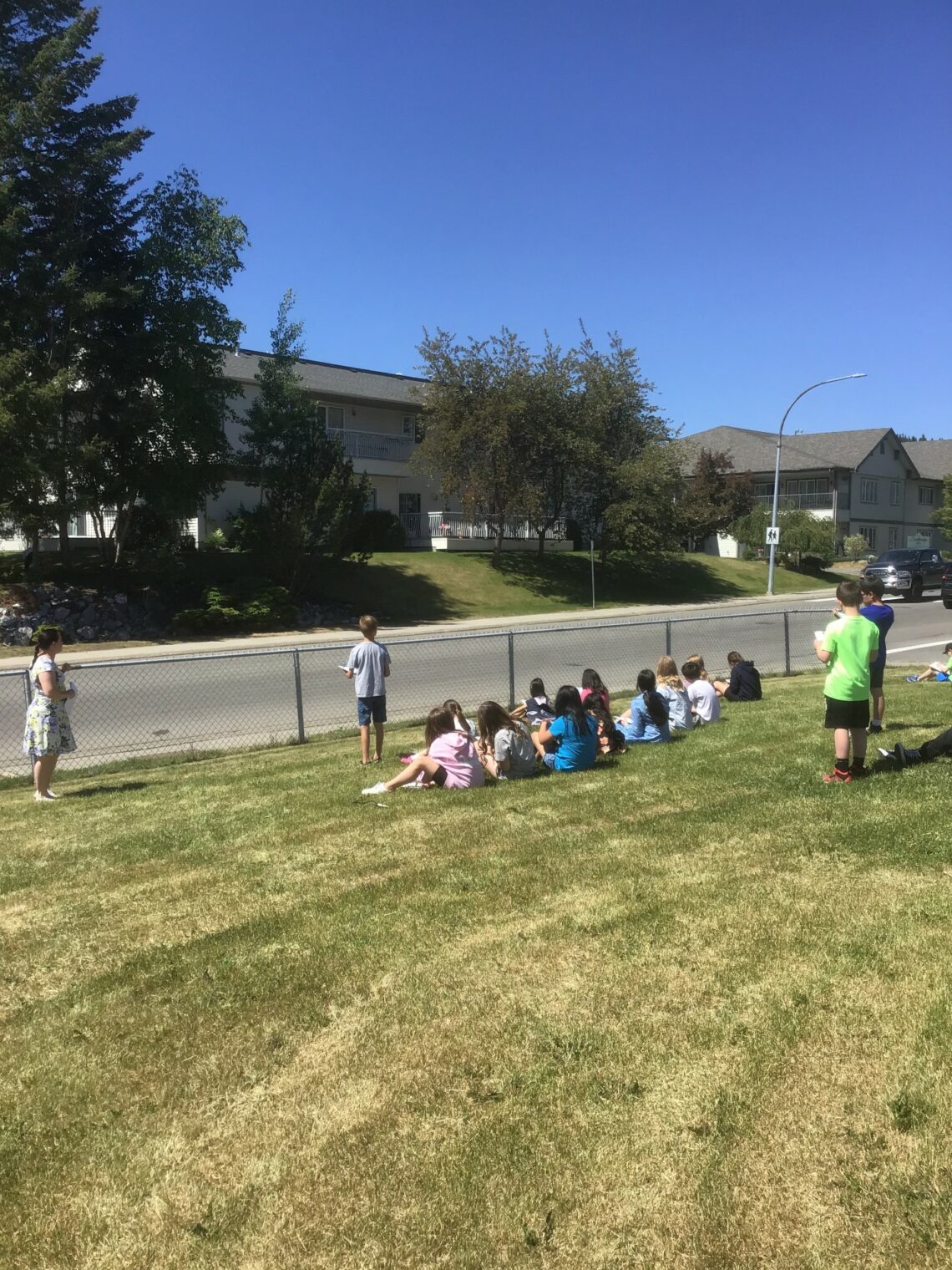During my four week practicum at Southridge Elementary, I was faced with a few new challenges when it came to planning lessons that fit the needs of every student in the classroom at once. In this particular class, the students were very chatty with a lot of pent up energy and were easily distracted and taken off topic by something on or in their desks or in the classroom environment itself. I had many students with complex and diverse needs and learning styles but there was one particular student that stood out to me from the beginning. I was told by my coaching teacher that this student had two diagnosed exceptionalities that caused them to struggle in a typical classroom setting and to act out as a result; because of this, there were no longer any academic expectations put on this student and if they sat at their desk and read for the rest of the year, we as the teachers could redirect and ask them to put the book away but if they chose not to listen, that had to be ok with my coaching teacher and I. I gained this knowledge during the two weeks I spent observing in the classroom before practicum and so the personal goal I set for myself was to develop lessons that were less traditional in nature that engaged all students, especially including this student, in the learning process and that allowed them to feel excited about learning and producing content in a classroom environment.
I accomplished this goal from the very beginning of practicum. The lessons I taught were active in nature and had the students out of their chairs engaging with one another and/or engaging in some type of physical activity. A few examples of some of the most successful lessons I taught during practicum are having students survey one another to collect data for a pictograph or bar graph, having students search for 10 clues hidden around the room that relied on students correctly interpreting bar graphs to reveal one player, this player’s last known whereabouts, and the method that was used to injure one of six contestants on a reality TV show, and playing interactive food chain tag to emphasize what it would truly be like to be a producer, herbivore, carnivore, or consumer in the animal kingdom. In each of these instances, I got work handed in from every student in the classroom and the students were extremely excited and engaged in the learning process and the energy was electric and contagious. The biggest success story came from a formally observed lesson where students had to first choose the four car colours they thought would be the most popular on Southridge Avenue and then we went outside and collected data by marking tallies under the four categories every time a car of either of their four chosen colours drove by. Over 100 cars drove by in a span of 10 minutes and most students picked colour categories that caused them to constantly tally which created massive excitement that was contagious and spread to every student sitting on the grass. They were staring as far down the road as they could to find the colours as fast as they could and they were getting drivers to honk and wave at them- they were having so much fun that they had no idea that they were learning at the same time. This excitement continued when we went inside to create pictographs, bar graphs, and double bar graphs based on the data. I had received partially complete work from the struggling student in the prior lessons but this was the first time that I got fully completed work from them (they were also one of the first students to hand their work in to me during the work period).
Although this practicum was challenging, I am so grateful for it because it taught me so many important lessons. I was able to strengthen my belief that my teaching style will be constantly shifting and evolving to best fit the learners in front of me at any specific time. I was reminded that getting to know students and building relationships is most important because this is what will allow a teacher to design student centered lessons to the best of their abilities. Playing to student strengths, using and embedding multiple teaching methods to meet multiple learning styles in one lesson, and gaining as much information as possible about the exceptionalities and diverse needs in a classroom are some of the tools that will help a teacher always remain an inclusive educator and I can’t wait to continue on this path for the entirety of my career.
